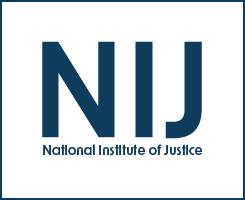Girls
Gender, strain, and school violence: Theoretical perspectives on girls’ involvement in K-12 school shootings
Testing Gender-Differentiated Models of the Mechanisms Linking Polyvictimization and Youth Offending: Numbing and callousness versus dissociation and borderline traits
Evaluating a Cognitive Behavioral Approach for Improving Life Outcomes of Underserved Young Women: A Randomized Experiment in Chicago
Understanding the Health Consequences of Sexual Victimization: Assessing the Impact of Social and Economic Factors
Boys and Girls Clubs in Public Housing, Final Research Report
LESBIANISM IN FEMALE AND COED CORRECTIONAL INSTITUTIONS
An Enhanced Mentoring Model’s Impact on Youth in Boys and Girls Clubs
Profiles of Risk for Self-injurious Thoughts and Behaviors Among System-Impacted Girls of Color
"Roses have Thorns for a Reason”: The Promises and Perils of Critical Youth Participatory Research with System-impacted Girls of Color
The Relationship Context of Early Transitions to Parenthood: The Influence of Arrest
Relationship Dynamics Associated with Dating Violence among Adolescents and Young Adults: A Feminist Post-Structural Analysis
Explaining Latinx Youth Delinquency: A Gendered Test of Latinx General Strain Theory
Inclusive Research: Engaging People Closest to the Issue Makes for Better Science & Greater Impact; 2023 NIJ Research Conference Plenary
This panel will discuss what inclusive research is, how to conduct it, and what issues and challenges exist about engaging in it. “Inclusive research” has its history as a participatory research method designed to ensure people closest to the issue or problem under study are authentically engaged in the research process rather than simply being “research subjects.” While community-based participatory research has begun to take on greater prominence in the criminal justice realm, such efforts are largely confined to qualitative research inquiries.
See the YouTube Terms of Service and Google Privacy Policy



